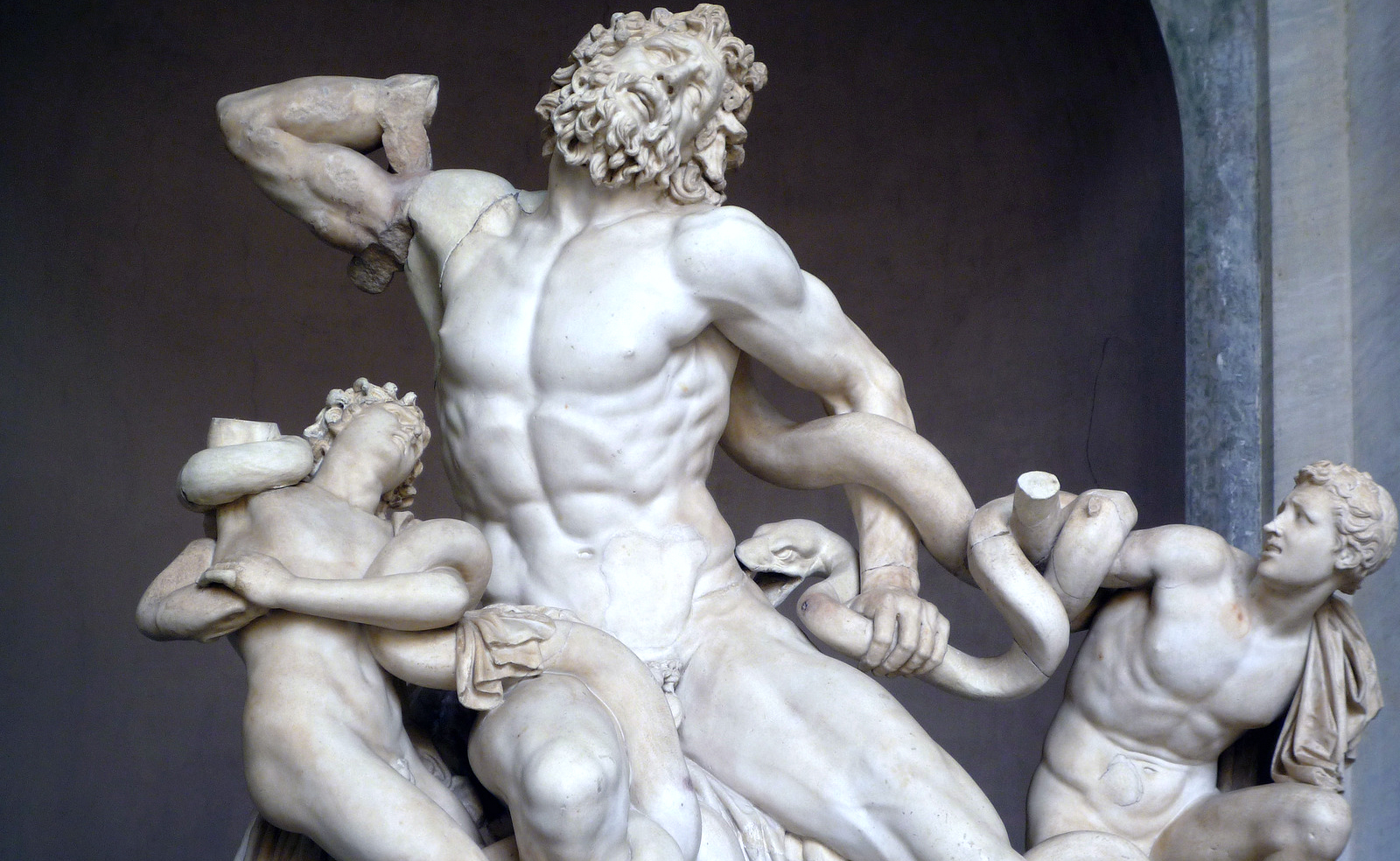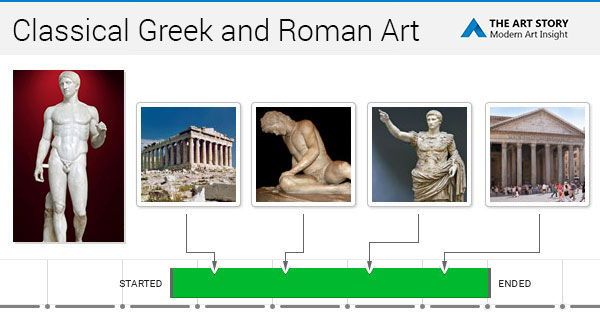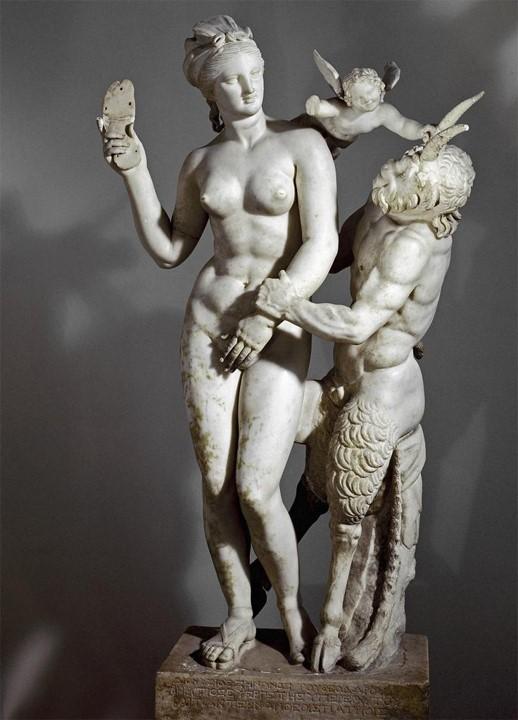Aphrodite of Melos has both Classical and Hellenistic characteristic. 1 point 1 pt More and more naturalistic 0 pts More rigid 0 pts Less natural 0 pts More idealistic 1 1 point.

The Story Of Art Symbolism Idealism And Realism Carolyn Anderson Blog
3 points QUESTION 25 1.

. Classical Greek sculpture is both naturalistic and idealistic. Contains some random words for machine learning natural language processing. True or false Classical sculpture was both naturalistic and idealistic.
The Greeks and Romans both represented gods and rulers in the form of statues a combination of religious and political influence. True or false Classical sculpture was both naturalistic and idealistic. The Classical period saw changes in both the style and function of sculpture.
Classical sculpture was both naturalistic and idealistic. Classical sculpture was both naturalistic and idealistic. Classical art that emphasized rational simplicity order and restrained emotion.
The classic sculptures do not come with these emotions but were idealized or static. Defined by a careful observation of nature a new concern for the mechanics of the body and the pursuit of. Written By weisinger March 09 2022 Add Comment.
These relief sculptures are known for their dynamic movement and realism and decorated the temple chambers interior walls. The scientific skill of Greek sculptors in showing the human form in distinct poses was improved. Classical sculpture was both naturalistic and idealistic Government assembly halls The first Christian churches were patterned after basilicas used by he Romans as.
The sculpture of the Italian Renaissance comprises the approximate period between the late fourteenth and the early sixteenth century when Italian sculpture expressed a reaction against the aesthetic principles of Gothic and assimilating the influence of classical antiquity art humanism and rationalism developed a style that merged naturalistic and other idealistic elements into. The speaker whose personality is unwittingly revealed as he speaks and Porphyri Ditulis sipriano Maret. The classical period characterized modifications in both the function and the style of the sculpture.
Classical Greek sculpture is both naturalistic and idealistic. Asked By Wiki User. Beautiful natural looking images of men and idealized images of Gods.
The only materials available to the Egyptian sculptors were stones that had a very. Art that was both Naturalistic and idealistic. Ancient Greek sculpture of the Classical period depicts beauty through the balance of naturalism and idealism.
From about 500 BC statues began to depict real. Defined by a careful observation of nature a new concern for the mechanics of the body and the pursuit of. True or false Classical melodies are tuneful and easy to remember.
The classical feature is Her calm passive facial expression. Ancient Greek sculpture represents a development from idealism to naturalism. The Parthenon Marbles created by Phidias are perhaps the most famous examples of this style of Classical Greek sculpture.
A similar conflation can be found in the medium of classical sculpture which is both naturalistic and idealistic. During the Hellenistic Era sculpture became _____. CoNLL17 Sk Ditulis Claude Farley Maret 09 2022 Tulis Komentar Edit.
In the Classical period this conflict reached an apotheosis when the two forces were balanced against each other. For ham rigs tips. Which statement about Greek sculpture is false.
The classical art form originated well ahead of the Hellenistic period. Ditulis sipriano Selasa 15 Maret 2022 Tulis Komentar Edit The speaker whose personality is unwittingly revealed as he speaks and Porphyria seen through the eyes of her lover. While studying salivation in his laboratory Pavlov noticed that his.
Were Classical sculpture both naturalistic and idealistic. Classical sculpture was both naturalistic and idealistic. Classical sculpture was both naturalistic and idealistic.
Defined by a careful observation of nature a new concern for the mechanics of the body and the pursuit of ideal forms Classical Greek sculpture represents a radical departure from the compact forms and upright poses of Archaic male nudes. The three main principles of. This sculpture and other reliefs of this time have influenced later artists like Auguste Rodin.
Indeed John Boardman describes the work of Polyclitus Fig 2 a sculptor who canonized the male athletic body in classical period art as ideally realistic Boardman 157. The Hellenistic period began in 323 BC with the death of Alexander the Great and ended with the battle of Actio in 31 BC. An example of this is the bust of Pericles by Kresilas.
Classical sculpture was both naturalistic and idealistic. Classical sculpture was both naturalistic and idealistic. Classical Greek figures appear more relaxed than the rigid formal Egyptian and early Greek sculptural poses because _____.
Classical Greek sculptors were more imaginative because the Enlightenment released them from the dogma of the pharoahs. Were Classical sculpture both naturalistic and idealistic. The origin of sculpture in Greek and Roman art can almost be divided into distinct categories- classical and idealistic vs naturalistic and emotional sculpture work.
Poses seemed more naturalistic as shown by the Polykleitos of Diadumenos sculpture. More and more naturalistic. Poses became more naturalistic see the Charioteer of Delphi for an example of the transition to more naturalistic sculpture and the technical skill of Greek sculptors in depicting the human form in a variety of poses greatly increased.
By signing up youll get thousands of step-by-step.

Classical Art And Architecture History Theartstory

Form And Reality The Classical Greek Balance Of The Ideal And The Natural Disrecognized Space

Introduction To Ancient Greek Art Article Khan Academy

Classical Greek Sculpture Is Both Naturalistic And Idealistic True Or False Study Com

Greek Art Art History Teaching Resources


0 comments
Post a Comment